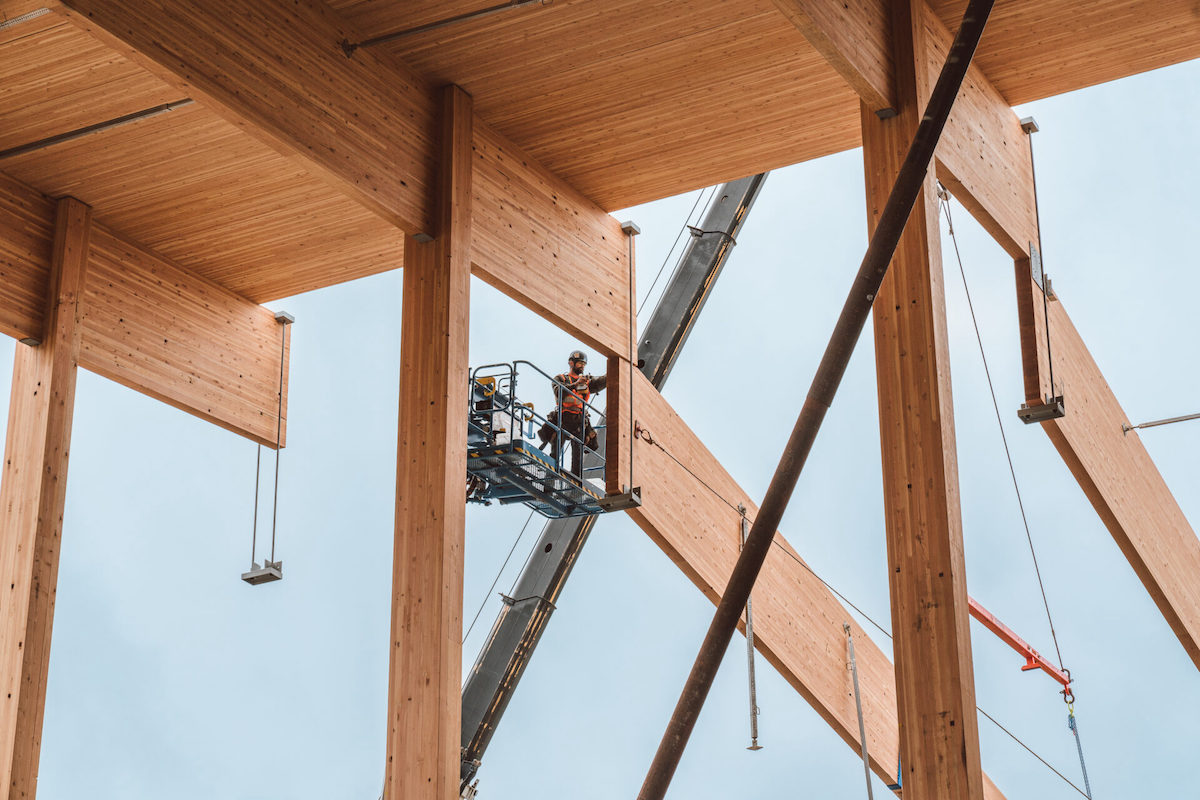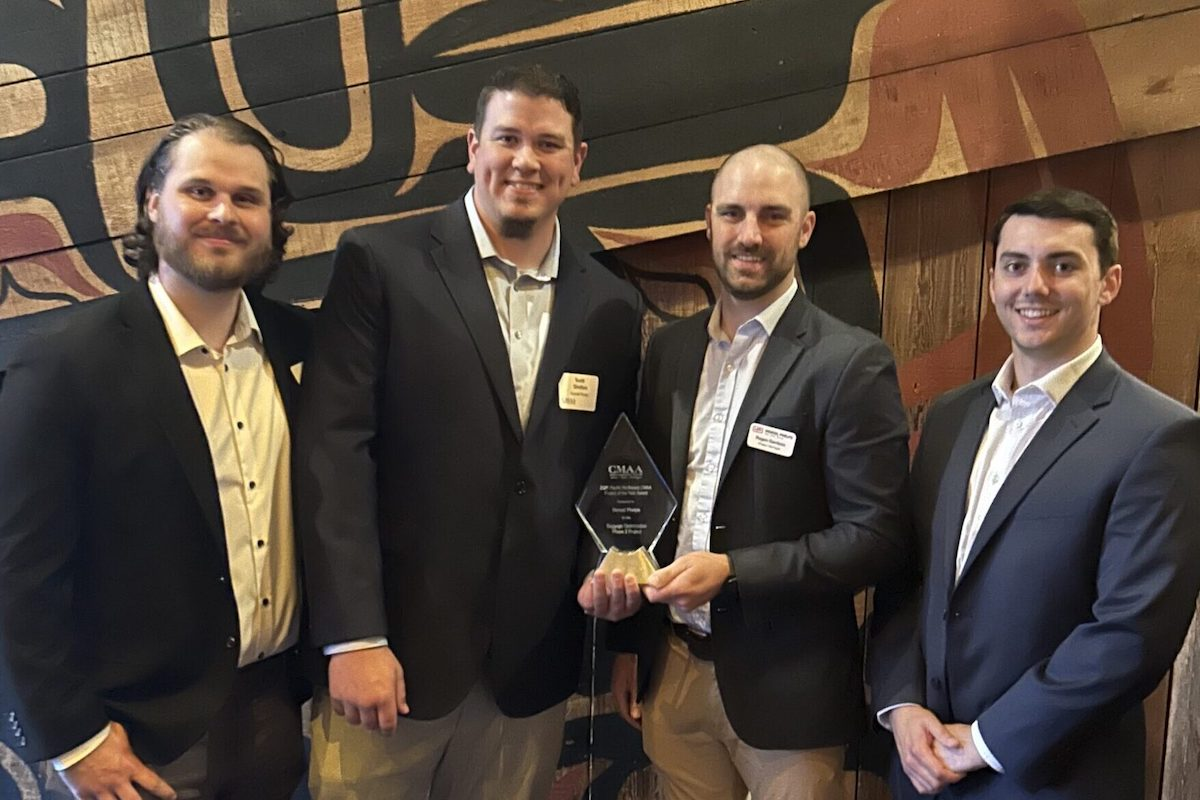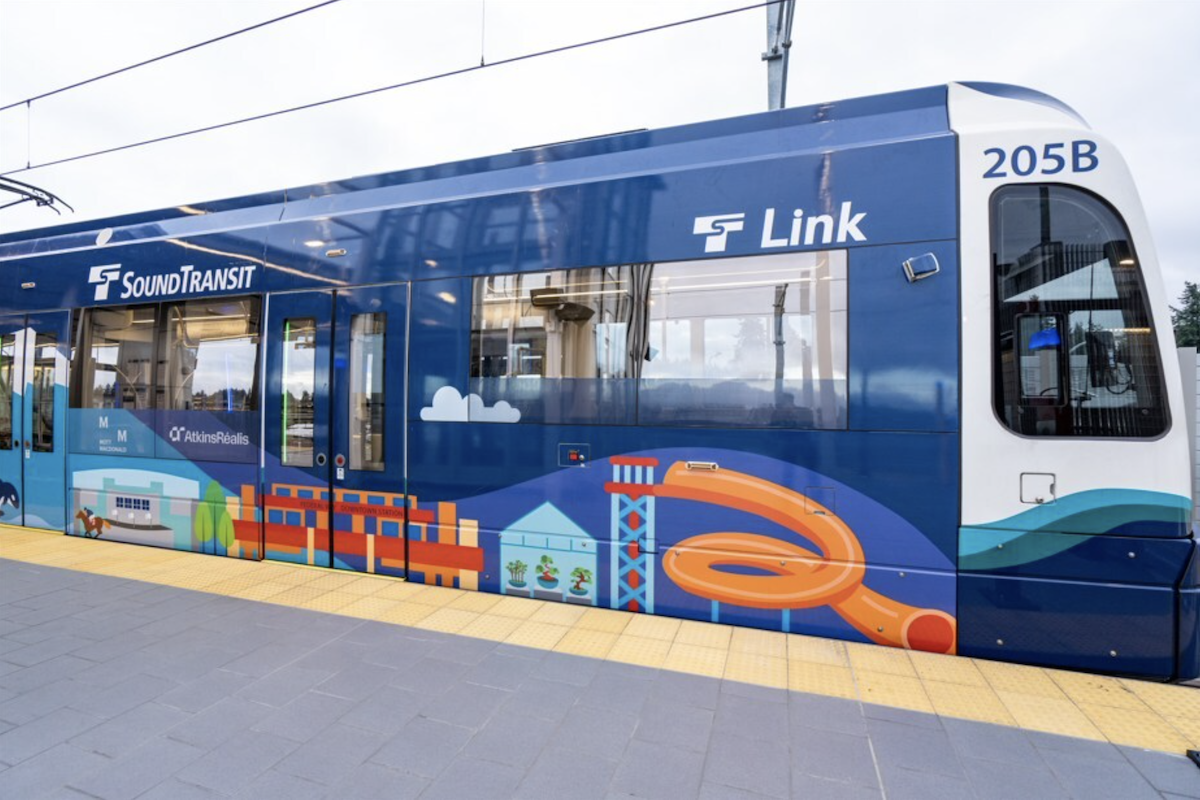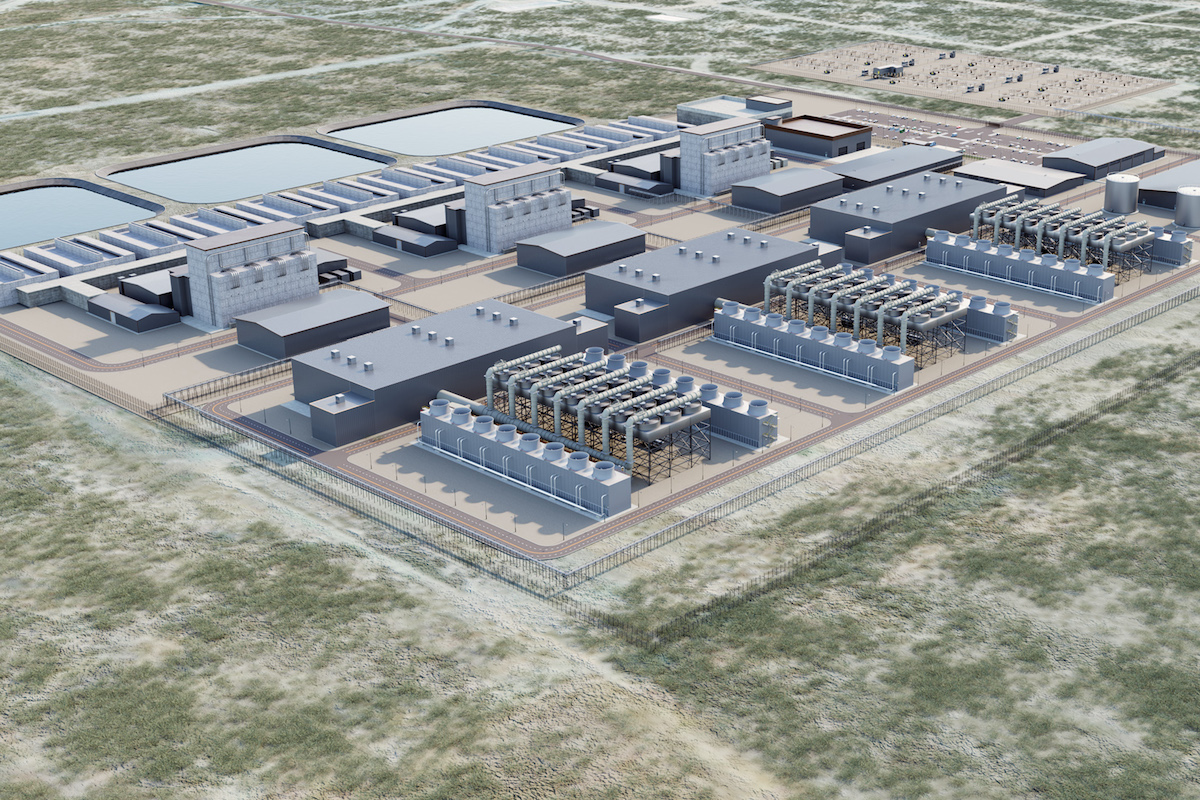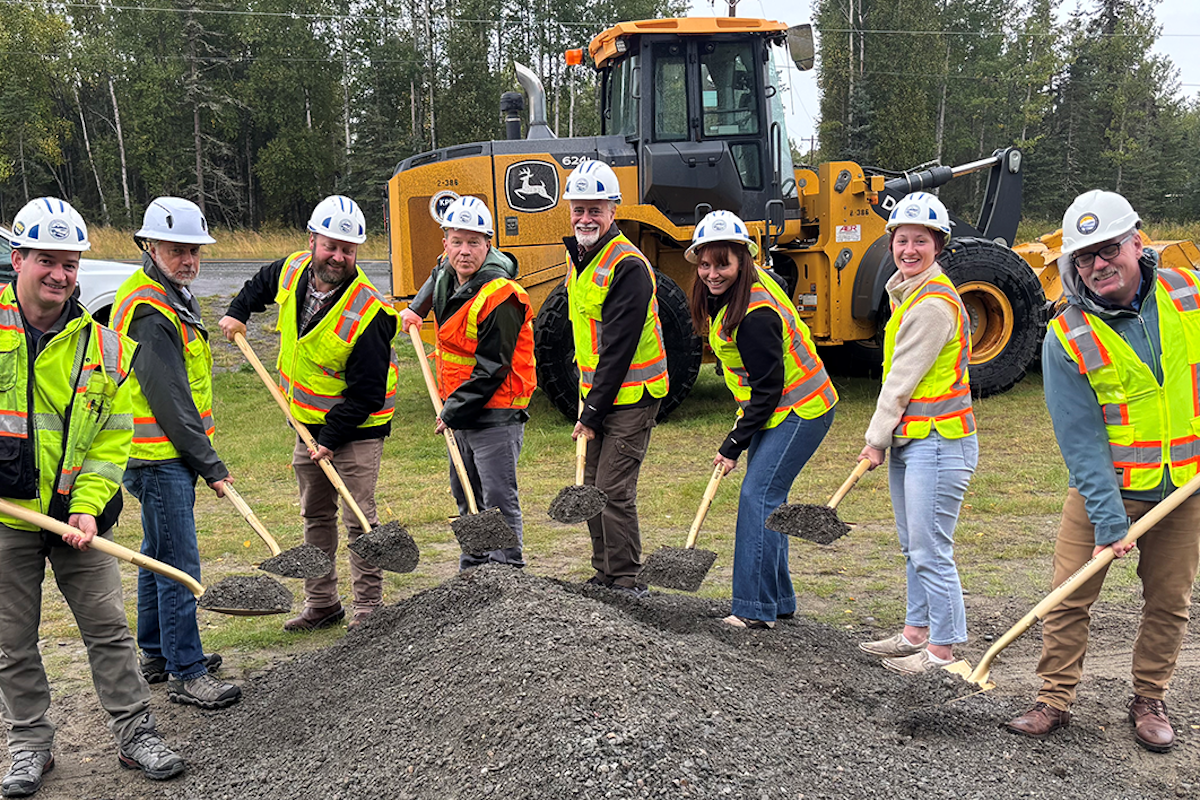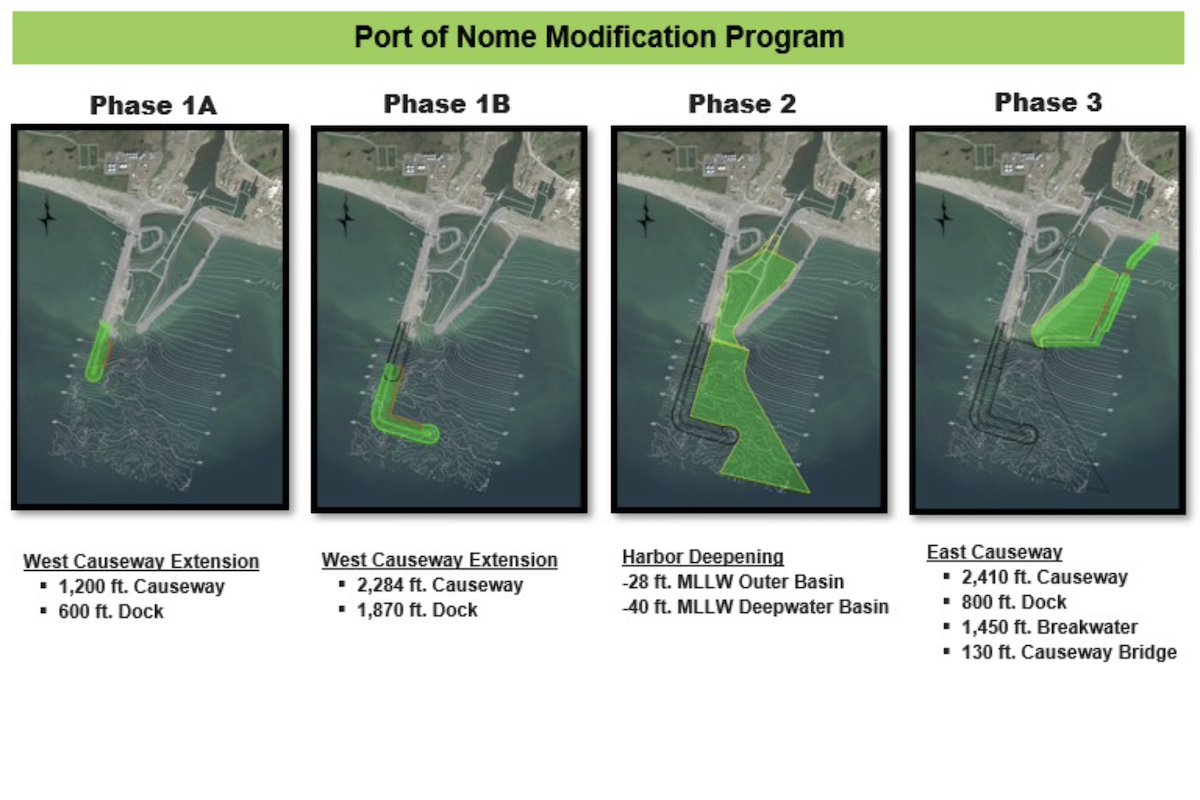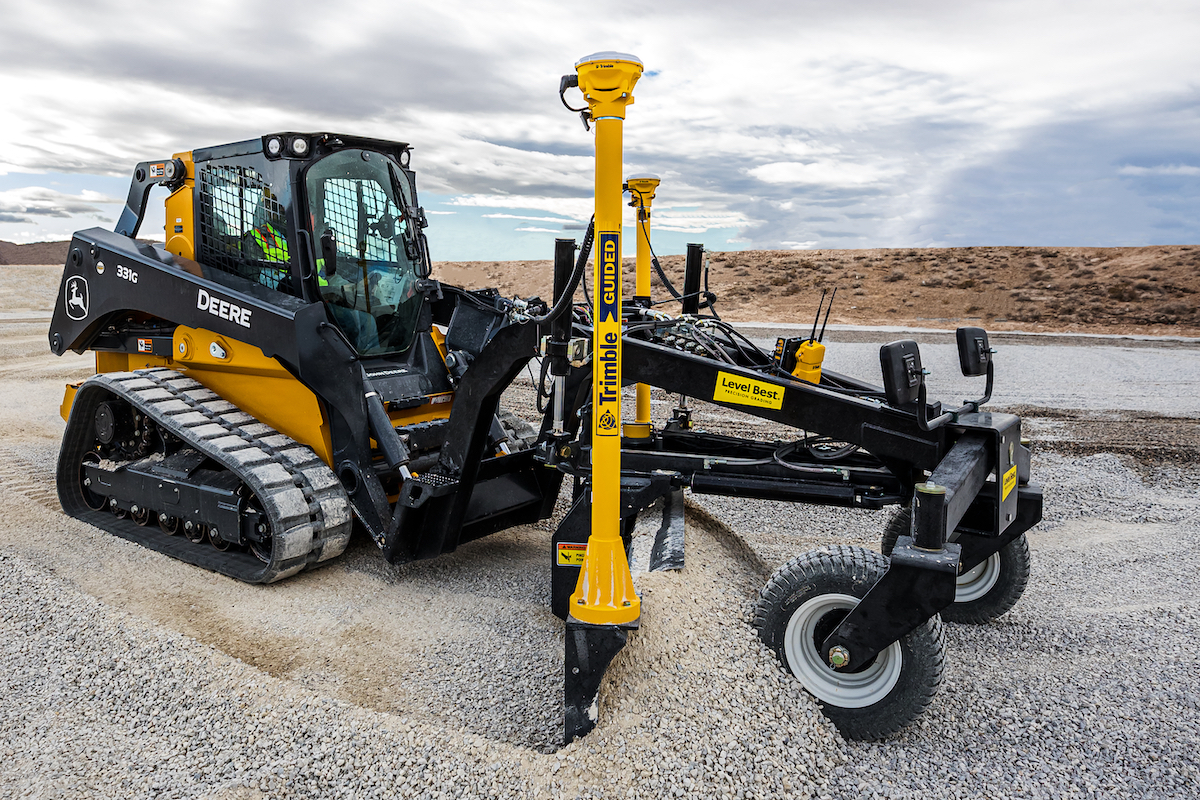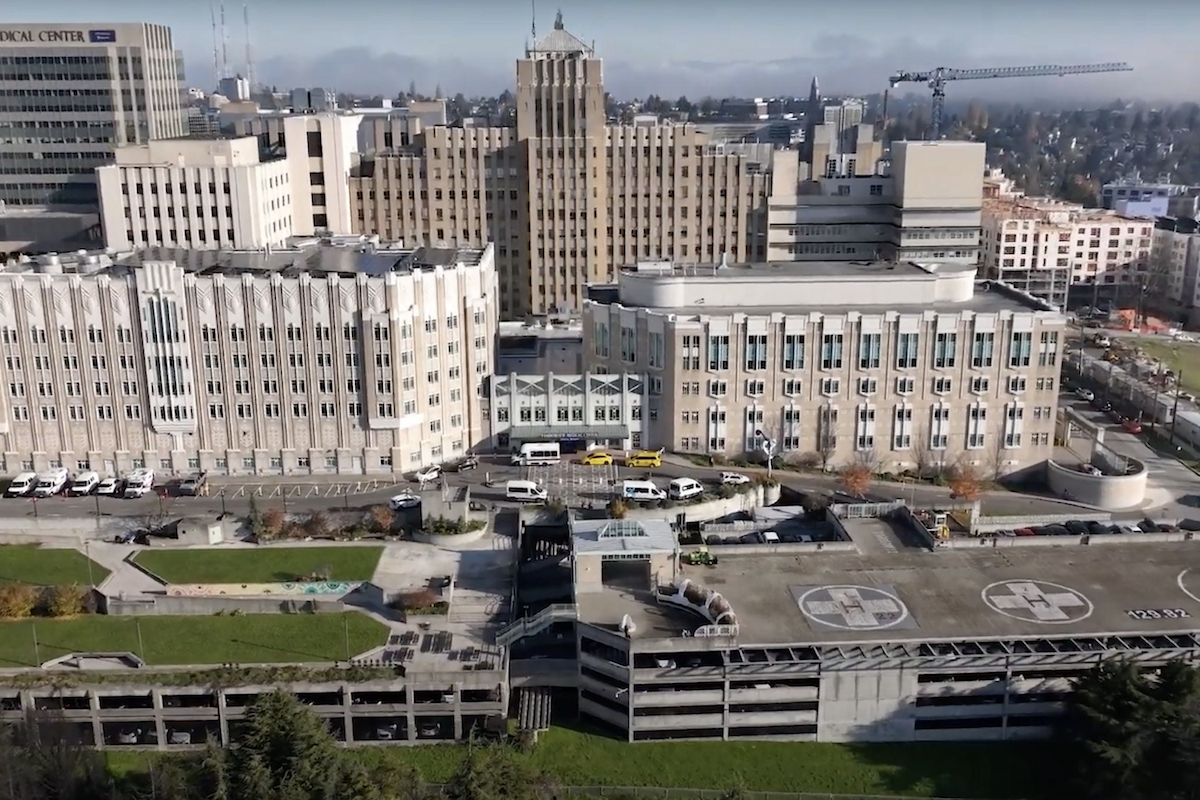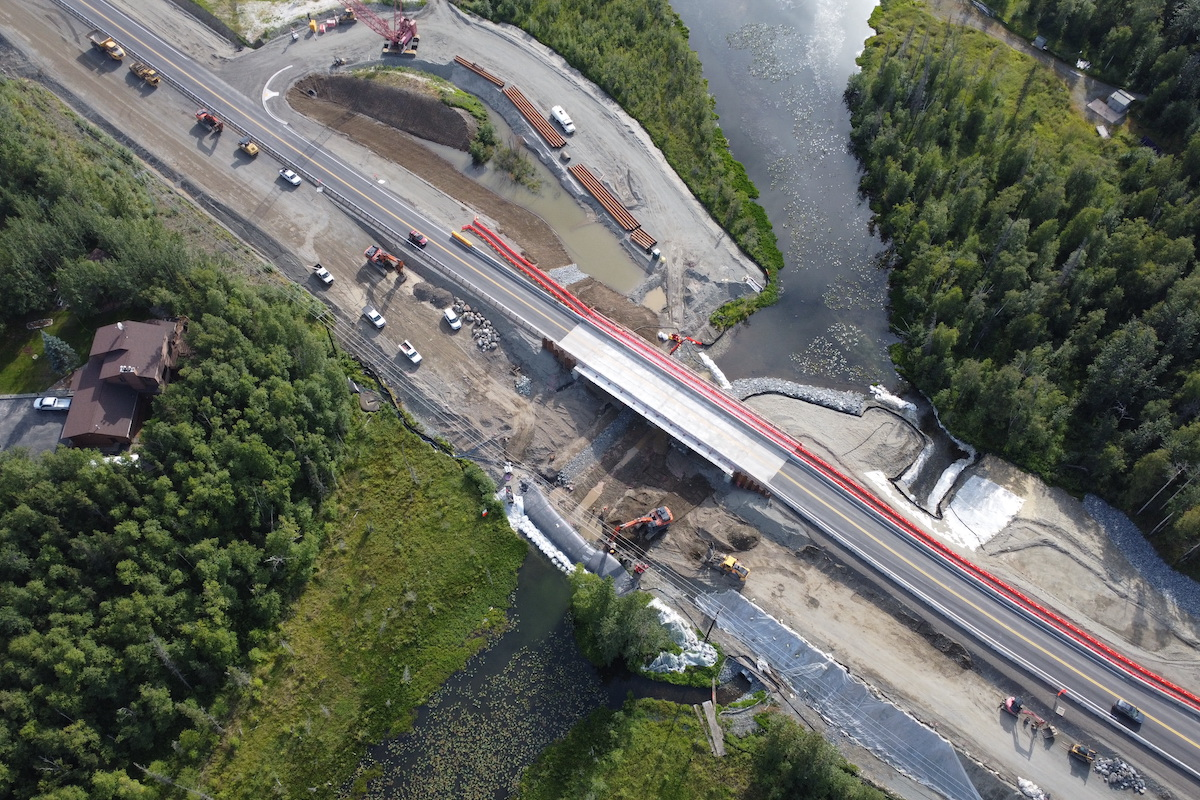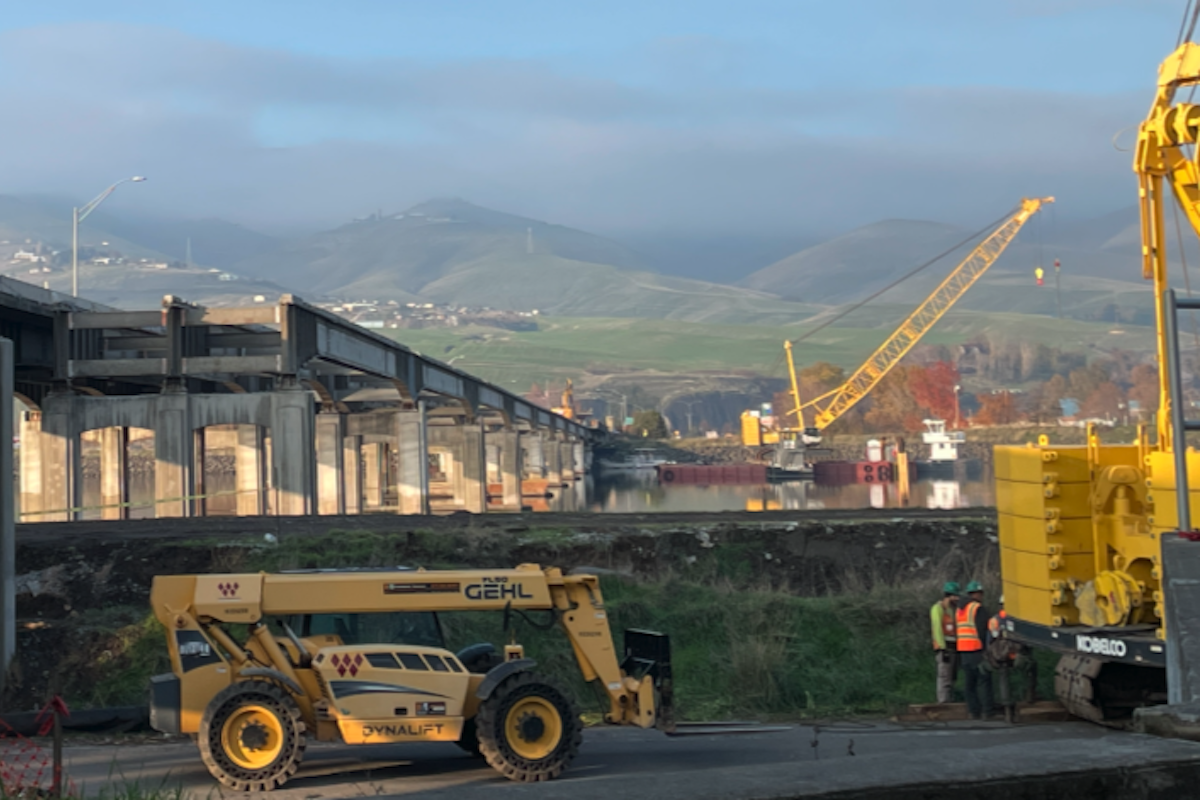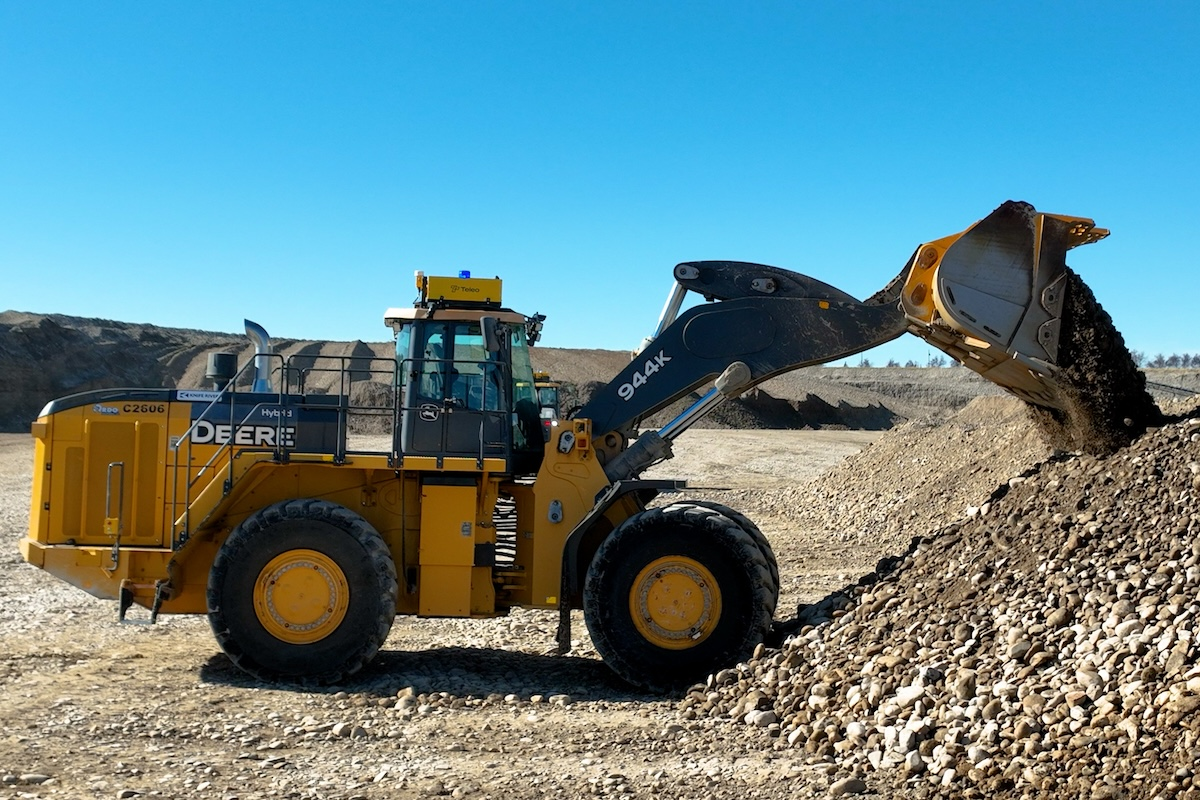PORTLAND, OR — An important milestone in the effort to replace the Interstate Bridge between Oregon and Washington was recently recognized in Portland, Oregon. Federal Highway Administrator Shailen Bhatt joined federal, state, and local officials from both states at an event to celebrate the historic federal grant award for the Interstate Bridge Replacement (IBR) program. The event highlighted the nearly $1.5 billion federal grant made possible by the Bipartisan Infrastructure Law’s Bridge Investment Program.
The grant is the largest award announced to date for any project through the Federal Highway Administration’s (FHWA) Bridge Investment Program and the third federal grant awarded to the Interstate Bridge Replacement program.
“Under the Bipartisan Infrastructure Law’s Bridge Investment Program, we are making the single-largest dedicated investment in bridges since the construction of the interstate highway system,” Bhatt said. “Moreover, this grant in Oregon and Washington state is the largest of all the grants being awarded in this second round of funding. It’s helping to reinvest in our nation’s infrastructure and ensure vital connections for Americans that will improve safety, boost their quality of life, and deliver a transportation system that works for everyone.”
The Oregon Department of Transportation was the lead on a joint application with the Washington State Department of Transportation to request $1.49 billion for the Interstate Bridge Replacement Program through the FHWA Bridge Investment Program. The grant will help fund replacement of the two aging vertical lift bridges that carry Interstate 5 over the Columbia River, connecting Portland, Oregon, and Vancouver, Washington. The modern, seismically resilient, and multimodal replacement bridges will provide safe and accessible options for driving, walking, biking, rolling, and riding transit. The project will help reduce travel times and congestion along this critical corridor, improve safety and quality of life, and lower carbon emissions.
The bridge is a critical connection between Oregon and Washington on I-5, which is a vital trade route for regional, national, and international economies. More than 143,000 vehicles and over $132 million in goods cross the bridge each weekday. Despite the bridge’s importance, it is rated as one of the worst truck bottlenecks on the West Coast, and travelers experience heavy congestion which affects commuters, freight, and public transit. The area’s current crash rate is over three times higher than statewide averages. Improving travel reliability and safety through the construction of the IBR program supports regional access to jobs and the efficient movement of people and goods through the program corridor.

| Your local Metso Minerals Industries Inc dealer |
|---|
| PacWest Machinery |
| Westate Machinery Co |
With one span of the Interstate Bridge now over 100 years old, the current structure can no longer meet the needs of today’s travelers and is vulnerable to earthquake damage. Replacing this aging bridge over the Columbia River will help ensure travelers and local communities can continue to access the bridge and life-saving services in the event of a major earthquake.
The IBR program will boost the local and regional economy by building a multimodal transportation corridor that benefits all travelers, from local community members to long-haul truck drivers traveling on I-5 between Canada and Mexico. Reducing congestion and improving safety of the corridor will provide tangible economic benefits across the region through more reliable travel times, improved safety, and improved access to goods and services.
The infusion of the historic federal grant funds into the region during construction has the potential to provide the region with a once-in-a-generation economic opportunity. Tens of thousands of jobs across multiple industries will be generated during the construction period, benefiting workers, local businesses, and families. Construction activity needed to get ready for the replacement bridge could begin as soon as late 2025.
“We are incredibly grateful to our federal partners for this strong show of confidence that they agree replacing the Interstate Bridge is a national priority that cannot wait,” ODOT Director Kris Strickler said. “This is a huge milestone for the project that was made possible by leveraging the strong commitments already made by both states and the ongoing partnership and commitment of everyone involved at the local, regional, and federal levels.”

| Your local Superior dealer |
|---|
| Westate Machinery Co |
These competitive federal grants are an essential piece of the funding needed to help replace the bridge and other transportation improvements within the corridor. Program officials also are pursuing approximately $1 billion in funding through the Federal Transit Administration’s Capital Investment Grant program. Oregon and Washington have each also committed $1 billion and authorized tolling to help fund the project.
“The historic federal investment now committed to the program is a clear indication of how significant replacing our aging transportation system is to the region and the nation,” WSDOT Secretary Roger Millar said. “The unwavering support and collaboration of regional partners, state leaders, our congressional delegation, and our federal partners demonstrates that this critical effort has the support needed at all levels to continue the momentum needed to see it through to completion.”














